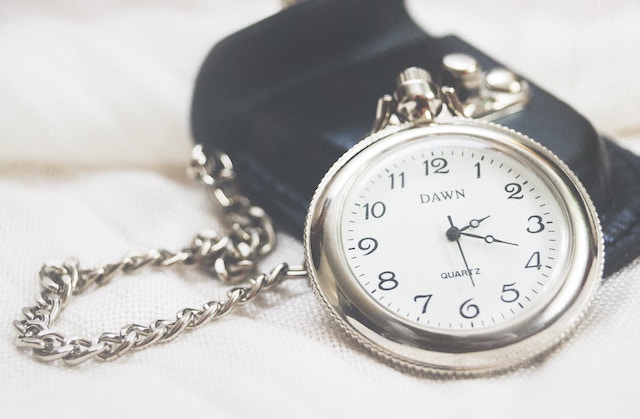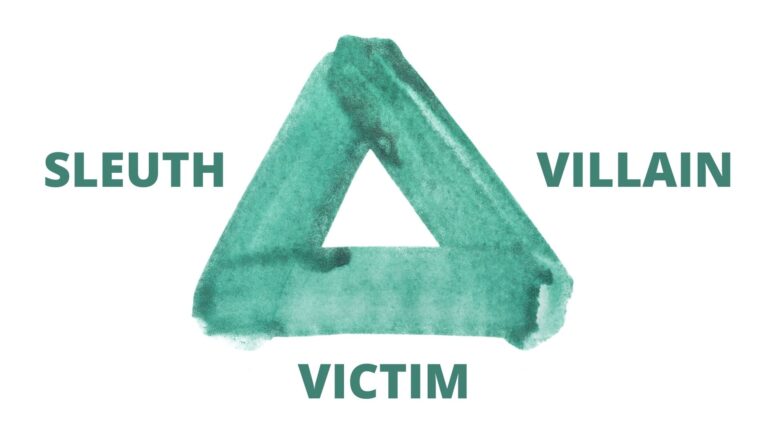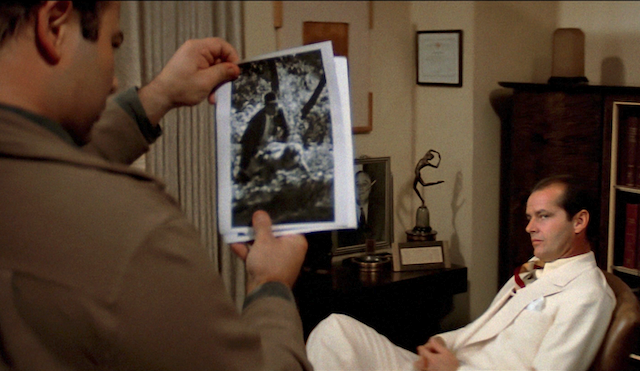Keep Time in Your Mystery

Give Your Reader The Time
Time is a crucial element in your mystery. It helps readers understand a sense of place and it moves the story along. Beginning writers often overlook time as a crucial part of storytelling.
Think of time as a setting element. Although your characters don’t sense it through the five senses, time is always in the background. Mentioning time works the way other setting elements function in a story—time grounds the reader in the story.
Time works in your mystery in two ways: time of day and timeline of the story.
Time of Day
Time of day adds verisimilitude. Morning, afternoon, evening, night all evoke feelings in your reader. Keep the descriptions short with a quick mention. Then, augment the sense of time by adding light or darkness.
Use weather and other setting elements like city streets or dark woods to emphasize the time of day. Each detail you add gives your reader a sense of the time of day. By integrating other elements, you add to the overall sense of being in the story for your reader.
The time of day is more than just a bit of data in your story. It impacts character and moods.
- Character physical readiness – energized or tired
- Character emotions – discouraged or enthusiastic
- Sense of place – difference between a day scene and a night scene
Add your time of day elements in a brief sentence or two. He squinted in the midday sun. You quickly ground your reader without taking away from the story by adding a long narrative description.
Elapsed Time
Elapsed time covers every event in your story from the beginning to the end. Events can overlap. For example, your victim is killed at the same time your detective enjoys her first day of vacation.
With multiple suspects and their activities keeping track of the time of events is important. And if you have a subplot or two, you need to know when all the events take place.
If you don’t keep track of events, strange things can happen in your story like a character being in two places at the same time. And, you can get lost as you are writing, wondering if that scene happened two days ago or three.
A physical timeline can help you keep track of the events in your story. Some writers use butcher paper, others a large white board. Others keep events in a binder in order.
Aeon Timeline 2 is a visual software that creates events, keeps track of characters, and also keeps track of subplots. Because it is visual, you can see when events overlap. Aeon integrates with writing software, both Scrivener and Ulysses. You can see your timeline in the writing software and see the timeline in the writing software. Aeon has a purchase fee.
Apple users can create a simple visual timeline with Timeline 3D. It does not integrate with writing software but it is simple to use. It’s handy if you want to check for any event overlaps.
Find Ways to Use Time in Your Story
Time elements add dimension to your setting. Keep your readers in the story by giving them a sense of time. Not just the time of day in a scene, but the overall progression sequence as your story unfolds.







